Earlier this month, I stopped into BETA Technologies, a $1 billion (financing) electric aircraft baby that has been growing in the unlikely crib of the Green Mountains. With offices and labs in Burlington (KBTV) and flight tests across the lake at Plattsburgh (KPBG), the company is pushing ahead on making all aspects of battery-electric aviation practical.
Much of the company’s effort seems to have gone into making better electric motors. Cooling is a challenge for a motor that puts out 200+ hp continuously and there have been multiple iterations of design. The 3D printers were all running when I visited while mechanical engineers labored at desktop PCs.
Does it fly? Yes! In fact, a test pilot told me about going more than 300 nm on one charge. The company is working on two aircraft at the same time:
The CTOL version on the left (“conventional takeoff and landing”) might be more interesting for the general aviation crowd. Why pay $1 million for a new piston-powered airplane that is trying to shake itself and you apart with vibration and deafen you and your passengers with noise when you can cruise in smooth quiet electric comfort? BETA is hoping for certification in 2025 (which means 2027?) and is also working on the ground support infrastructure to make these aircraft practical transportation solutions. Charging will supposedly take about one hour, which is inferior to refueling time, but my host posted out that electric aircraft don’t waste any time in startup/runup/shutdown. The company has a Pipistrel electric two-seater and he demonstrated that it is up and running within a few seconds after flipping four switches.
One area where BETA might have less certification challenges than competitors is that they’re not trying to create a fully autonomous aircraft. In the VTOL version, one of the four seats is for a pilot with a powered-lift type rating on his/her/zir/their certificate (maybe the CTOL version can be flown by a pilot with a single-engine land rating?). On the other hand, if a commercial operator orders 100 of these, the operating will have to fight United Airlines for 100 pilots.
Just outside their engineering hangar is an example of what the ground support station would look like. The left cube is a GPU that can be hooked up to run cabin heat or A/C. The center is for a massive charging cable to top up the 800V battery. The right cube is for cooling the battery (during charging).
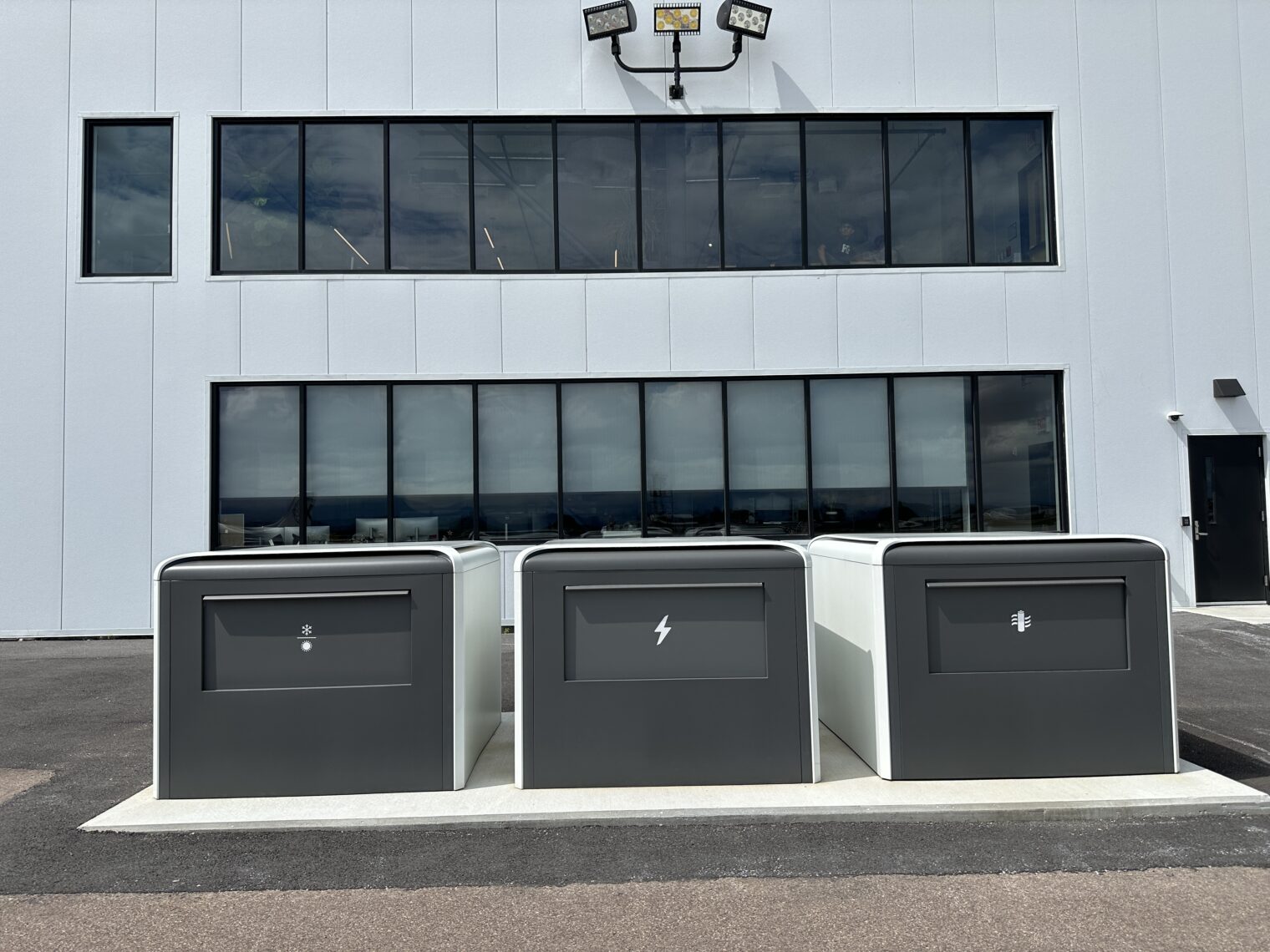
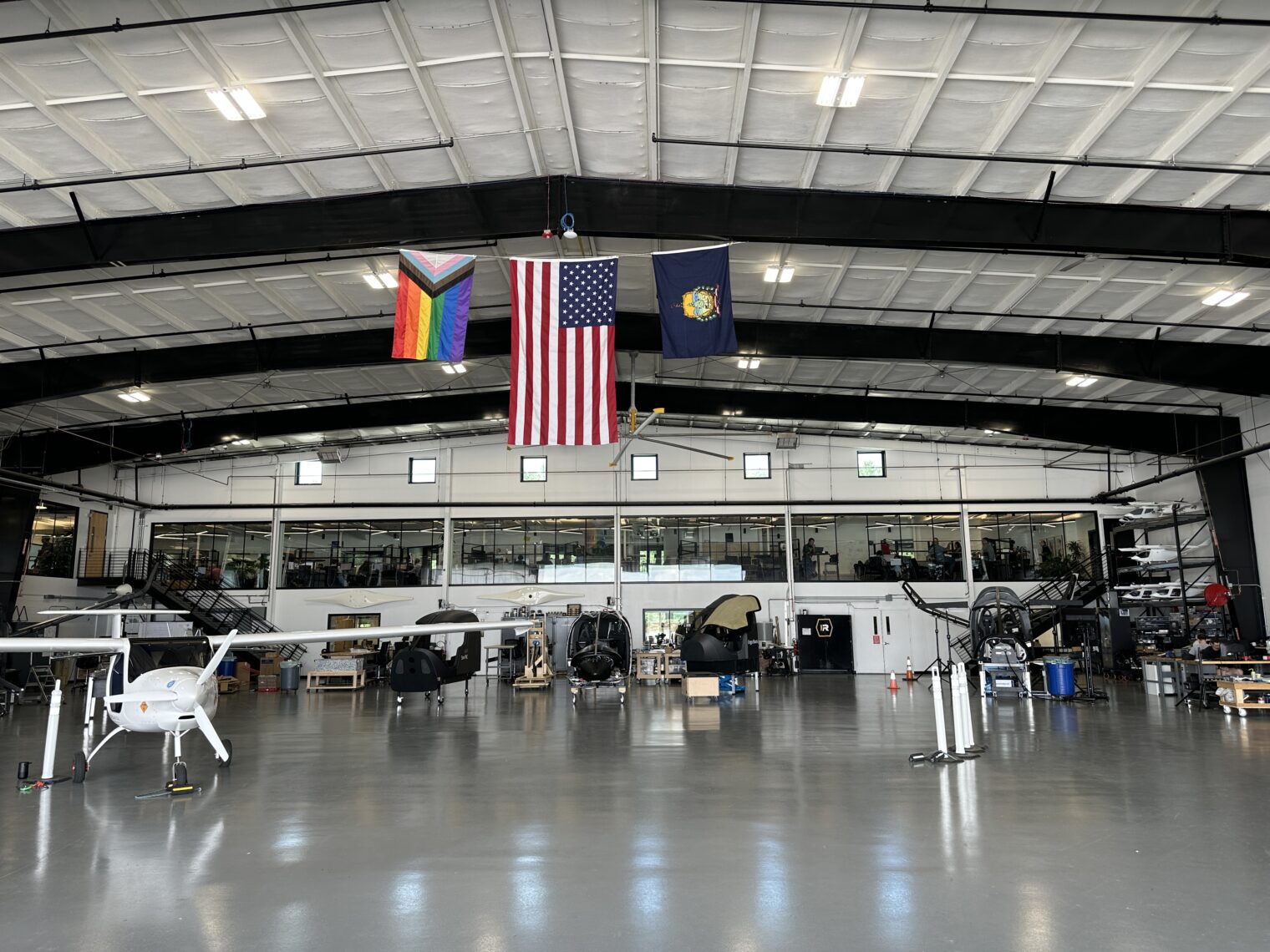
The company has a “study hall” where local kids can come in to learn about how battery packs, inverters, and three-phase AC motors work.
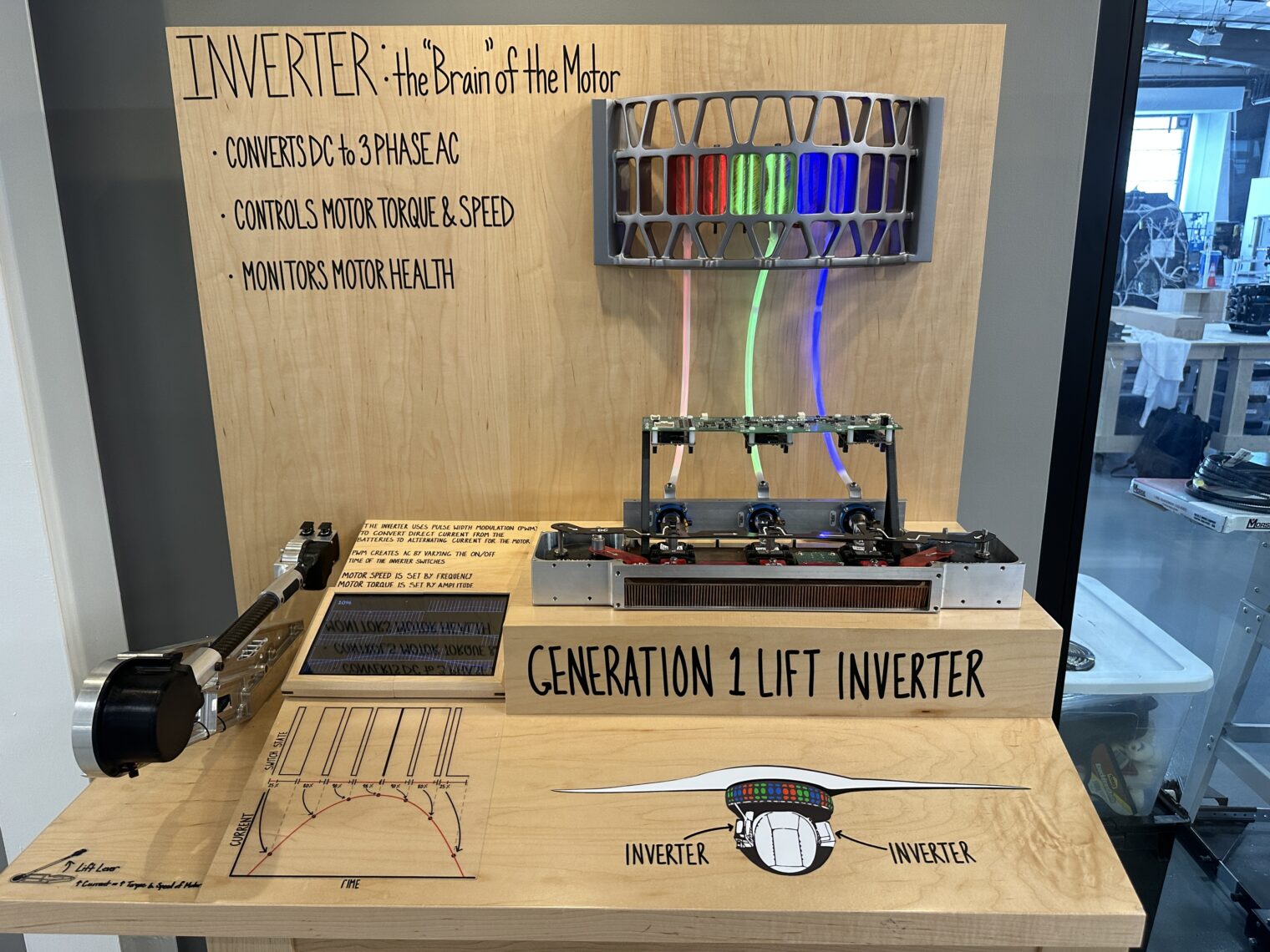
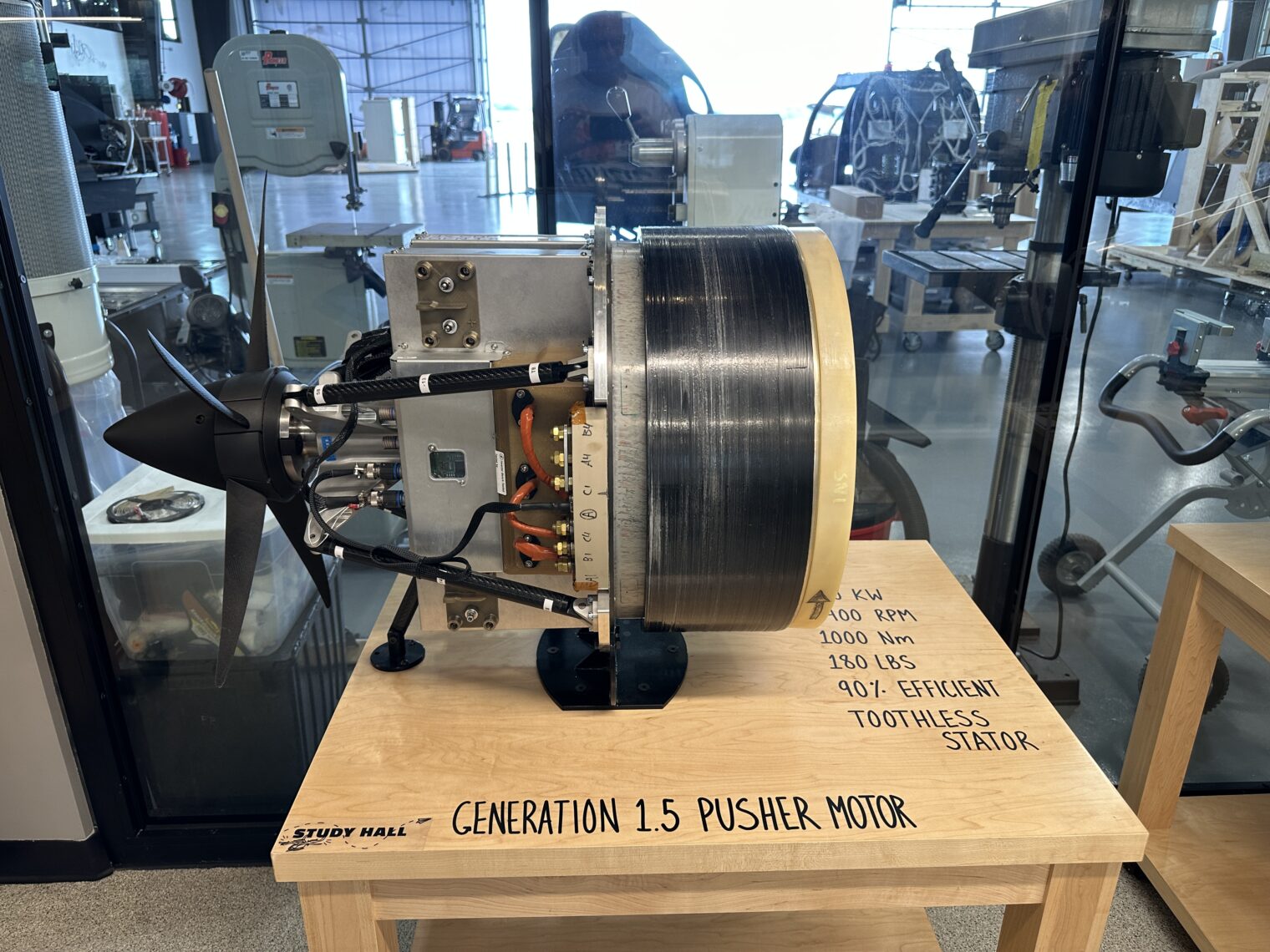
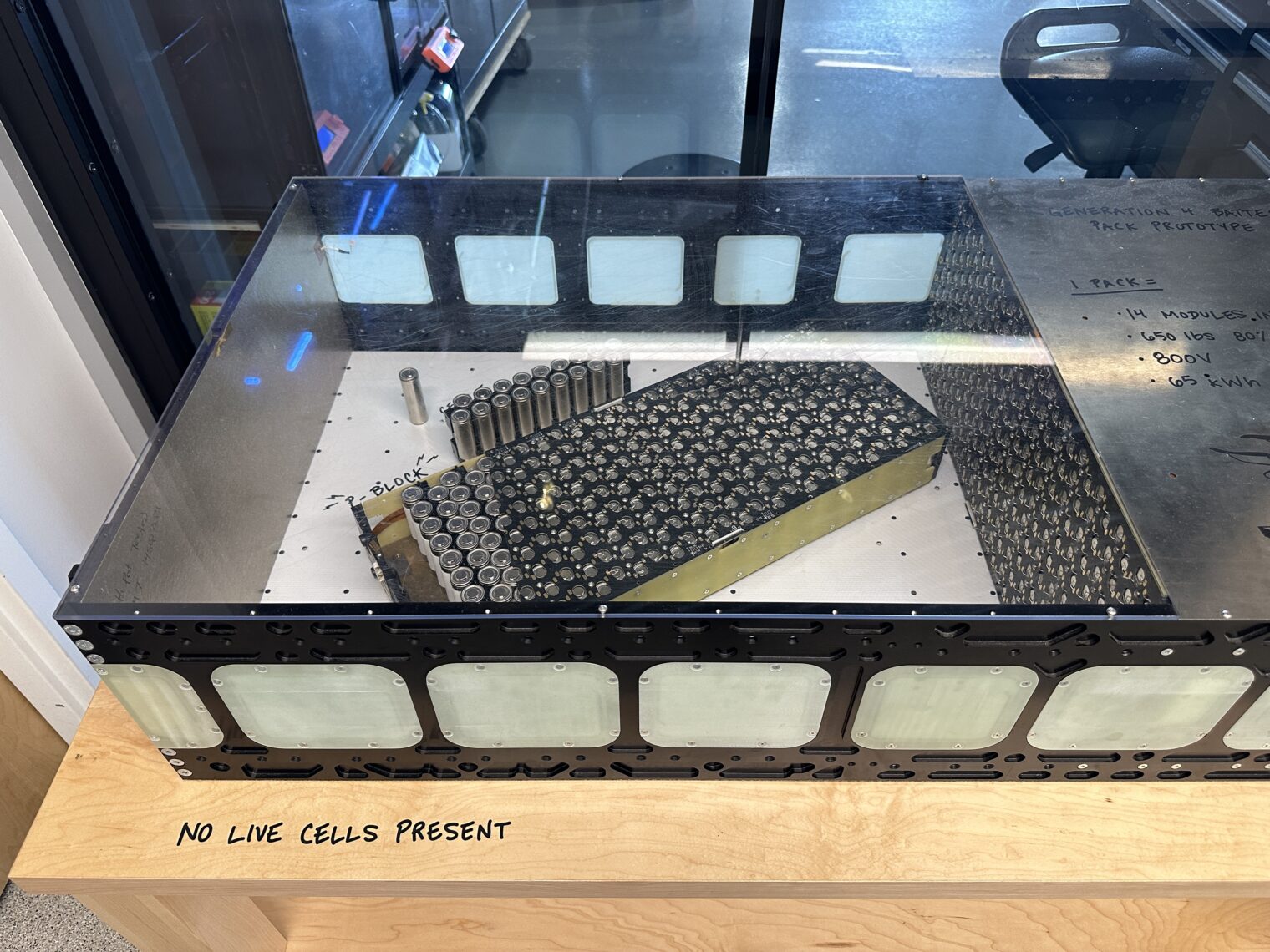
There is also a non-motion sim right by the front door:
I came away impressed with the company’s spirit and cooperative energy.
What’s the competition? Boeing-owned Wisk had a booth and a demonstration flight at Oshkosh this year:
Considering that it has the same seating capacity as a Cessna 172, the Wisk machine is enormous. It the electric future is more efficient, why does the efficient vehicle take up four parking spaces? And dare anyone ask how much it will cost to put together this much carbon fiber and plastic?
The BETA eVTOL works like a DJI drone. The rotors are fixed, but may spin at different speeds. A pusher propeller at the rear can then push the machine to cruise at 120 knots or more. Wisk takes a leaf from the Boeing V-22 Osprey, which cost $30 billion in pre-Biden money to develop, and tilts the motors as necessary.
If Wisk can achieve its engineering, certification, and production goals, the customers won’t have to worry about hiring pilots: the tilt-rotor is fully autonomous.
Related:

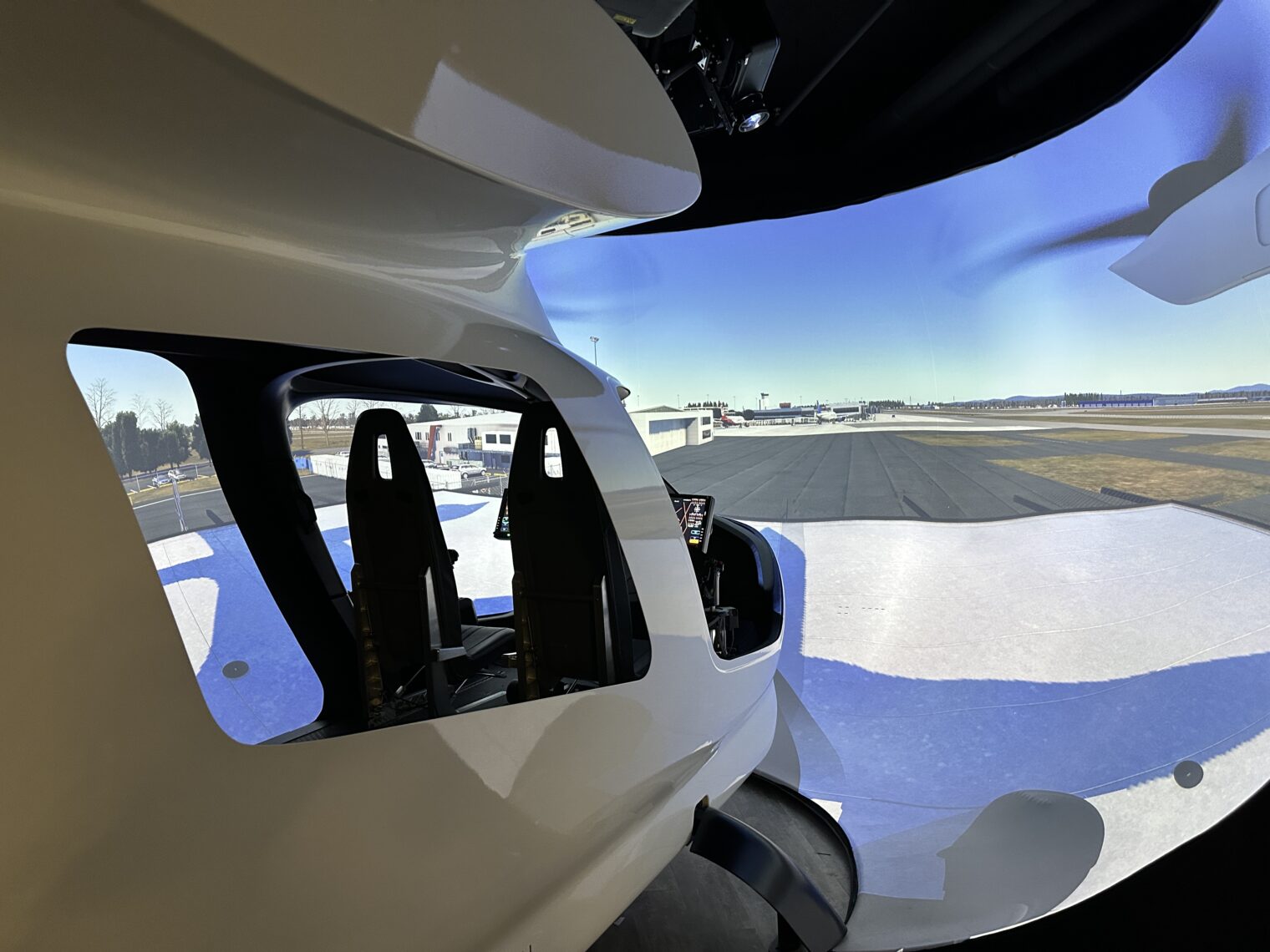
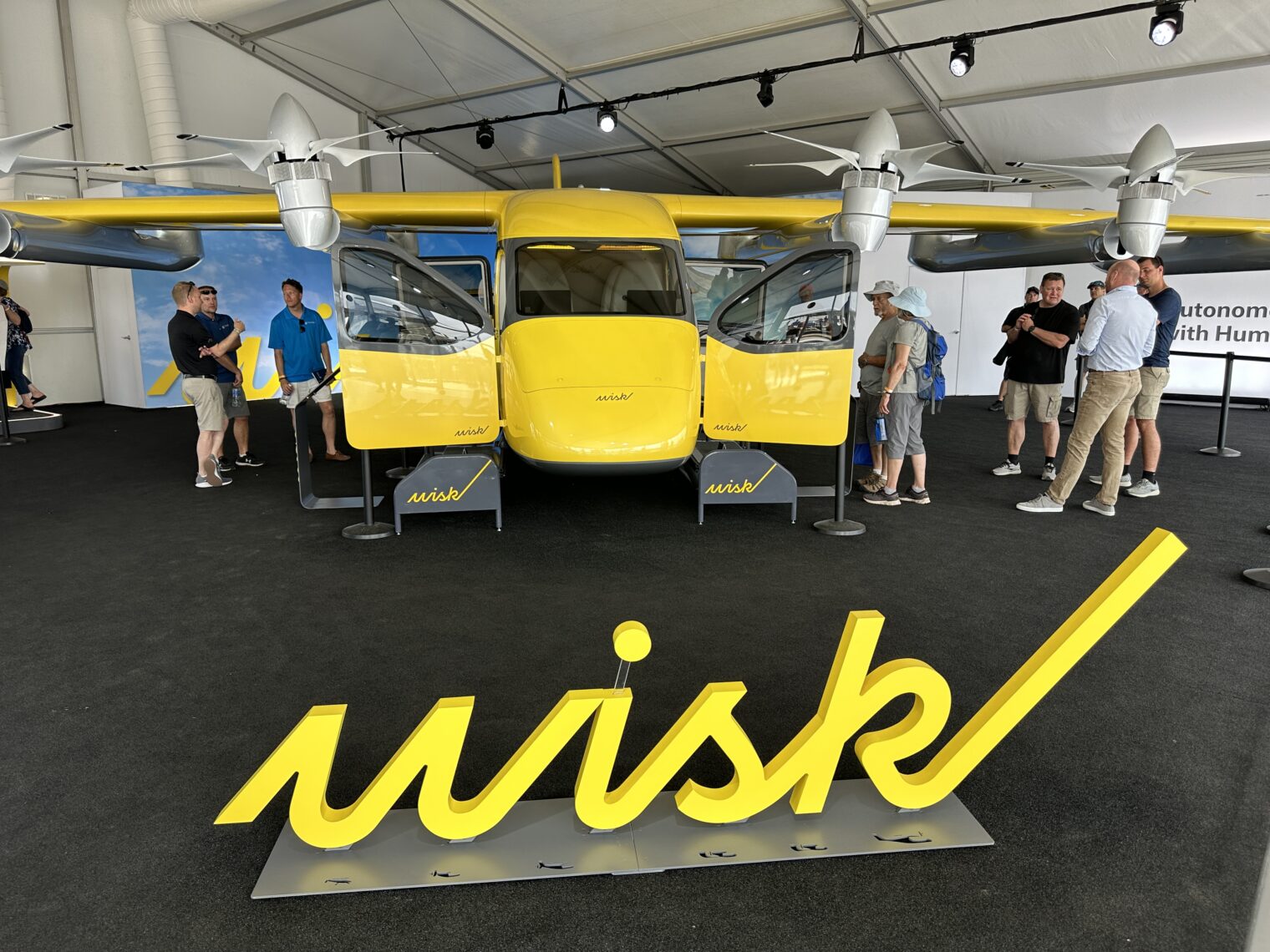
Isn’t battery energy density what makes these machines infeasible with current technology? The Pipistrel electric two-seater is not a good example. That aircraft makes no practical sense. It is less capable than a Cessna 150, can only fly for about 30 minutes, and needs two hours to recharge. My napkin calculations lead me to believe we need batteries to improve by about 10x before battery electric aviation will make any sense. Battery electric cars make sense because the weight does not significantly increase the drag on a car, though the cost of road infrastructure will increase as the average weight of cars just about doubles, but this energy density issue is what makes electric semi trucks infeasible as well.
Those have been in development for so long, it makes lions wonder what funds these startups through the decades. Austin Meyer interviewed the BETA guy a year ago
https://www.youtube.com/watch?v=Dq7pXQ20YN8
The big thing back then was not needing airport fuel. You’d recharge it at your $3 mil house.
I think (in general, not for eVTOL, which I don’t really know) the game is to sell the startup to a bigger fool. The supersonic business jet startups have been going on for decades.
eVTOLs? There are cheaper ways to commit suicide.
Well… why exactly e-planes eould be much quieter? Most noise of a piston a/c is propeller noise. And if engine noise is a problem, well… mufflers aren’t a new tech.
Related news: Researchers are working to develop a humanoid pilot that can fly an aircraft without modifying the cockpit. Called “Pibot,” the robot has articulated arms and fingers that can interact with flight controls with great precision and dexterity. It also comes with camera “eyes” that help the robot monitor the internal and external conditions of the aircraft while in control.
https://interestingengineering.com/innovation/robot-can-fly-an-aircraft
I like the push to automate so many of the things that humans most enjoy doing.
Sex (vibrators)
Driving
Writing (ChatGPT)
Flying
I think I’ll get started on a robot that eats chocolate and drinks beer to free up more time for humans to sort through raw garbage for recyclable commodities.
See:
https://richardaboulafia.com/july-2021-letter
And:
Why do these initial business plans include such extraordinary utilization levels? Most likely it is to offset amortization of high eVTOL hull prices, which at $2-4 million are substantially higher than conventional helicopters. A Robinson R44 costs less than $500,000. If there is such pent-up demand for this service, why isn’t the world covered with R44 air taxis?
From:
https://aviationweek.com/business-aviation/opinion-there-will-be-blood-dissecting-evtol-business-models
Interestingly, Toyota and Honda both have announced they will have batteries with 2x the energy density of current lithiums and Toyota further claimed 10 minute charge times, within four years, in production quantities.
https://www.pcmag.com/news/toyota-touts-solid-state-evs-with-932-mile-range-10-minute-charging-by
https://www.thedrive.com/news/honda-solid-state-batteries-will-offer-same-energy-density-at-half-the-weight
“Kaita said the company had developed ways to make batteries more durable and believed it could now make a solid-state battery with a range of 1,200km (745 miles) that could charge in 10 minutes or less.”
The company expects to be able to manufacture solid-state batteries for use in electric vehicles as soon as 2027, according to the Financial Times, which first reported on Toyota’s claimed breakthrough.